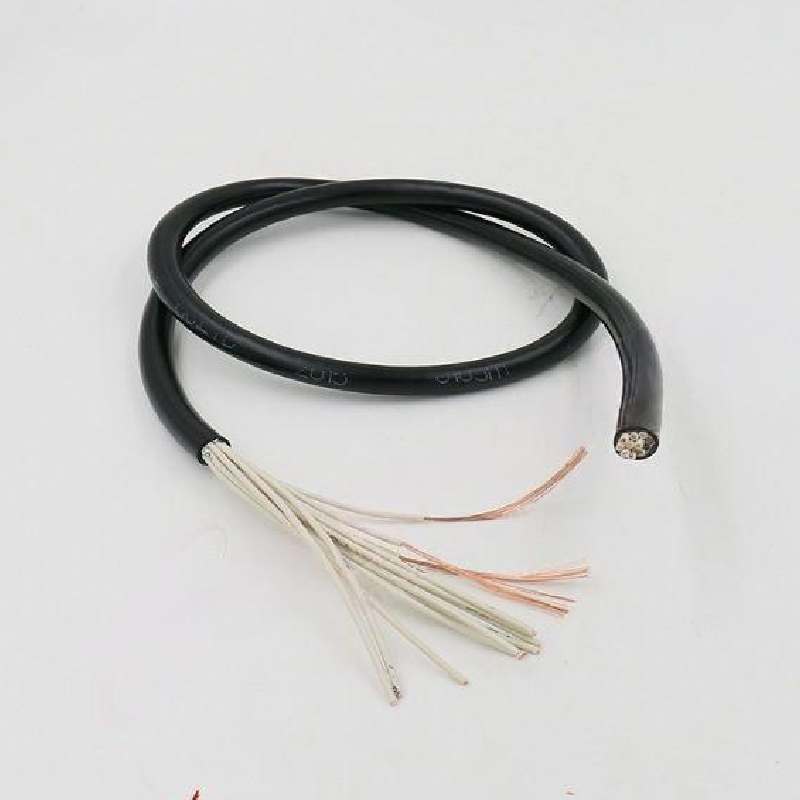11 月 . 02, 2024 10:43 Back to list
lined butterfly valve
Understanding Lined Butterfly Valves An Essential Component in Fluid Control
Lined butterfly valves are increasingly gaining prominence in various industrial applications due to their unique design and functional capabilities. These valves are specifically designed to regulate the flow of fluids in pipelines and are renowned for their efficiency, durability, and versatility. Understanding their construction, benefits, and applications is crucial for industries relying on fluid control mechanisms.
Construction and Design
A lined butterfly valve comprises a circular disc that serves as the regulating element, which pivots on a shaft. The term lined refers to the protective layer, typically made from materials such as Teflon or rubber, that encases the valve body. This lining provides crucial protection against corrosive fluids, high temperatures, and other severe operating conditions. The circular disc can be rotated 90 degrees to open or close the valve, allowing for quick and efficient flow control.
The design of lined butterfly valves incorporates various features such as a tight sealing mechanism, which ensures minimal leakage and reliable performance. The lightweight structure facilitates easy installation and maintenance, making it a favored option in numerous applications.
Advantages of Lined Butterfly Valves
One of the most significant advantages of lined butterfly valves is their exceptional resistance to corrosive substances. Industries dealing with harsh chemicals, such as chemical processing, food and beverage, and wastewater treatment, benefit tremendously from this resistance. The liner protects the valve body from degradation, thus enhancing its lifespan and reducing maintenance costs.
lined butterfly valve

Additionally, lined butterfly valves are space-saving solutions. Their compact design allows for installation in tight spaces where traditional valves may not fit. Furthermore, these valves can operate efficiently with minimal pressure loss, ensuring that flow rates remain consistent.
Another key benefit is their ease of operation. Lined butterfly valves can be manually operated or automated, offering flexibility to meet varying operational demands. This adaptability makes them suitable for a wide range of applications.
Applications
Lined butterfly valves find use in numerous industries. In the chemical sector, they control the flow of corrosive fluids, ensuring safe and efficient processing. The food and beverage industry employs these valves to regulate the flow of liquids and gases while maintaining sanitary standards.
Moreover, the water and wastewater treatment sector utilizes lined butterfly valves to manage the distribution of water and treatment chemicals effectively. Their reliability and durability under various conditions make them ideal for municipal applications as well.
Conclusion
In conclusion, lined butterfly valves represent a vital component in contemporary fluid control systems. Their robust design, exceptional resistance to corrosion, and versatility make them suitable for a wide range of applications across multiple industries. As industries continue to seek efficient and reliable solutions for fluid management, the role of lined butterfly valves will undoubtedly expand, further solidifying their importance in engineering and industrial operations. Understanding and implementing these valves can lead to enhanced efficiency, safety, and cost-effectiveness, revolutionizing the way fluids are managed in various settings.
Share
-
Understanding the Differences Between Wafer Type Butterfly Valve and Lugged Butterfly ValveNewsOct.25,2024
-
The Efficiency of Wafer Type Butterfly Valve and Lugged Butterfly ValveNewsOct.25,2024
-
The Ultimate Guide to Industrial Swing Check Valve: Performance, Installation, and MaintenanceNewsOct.25,2024
-
Superior Performance with Industrial Swing Check Valve: The Essential Valve for Any SystemNewsOct.25,2024
-
Industrial Swing Check Valve: The Ideal Solution for Flow ControlNewsOct.25,2024
-
You Need to Know About Industrial Swing Check Valve: Functionality, Scope, and PerformanceNewsOct.25,2024